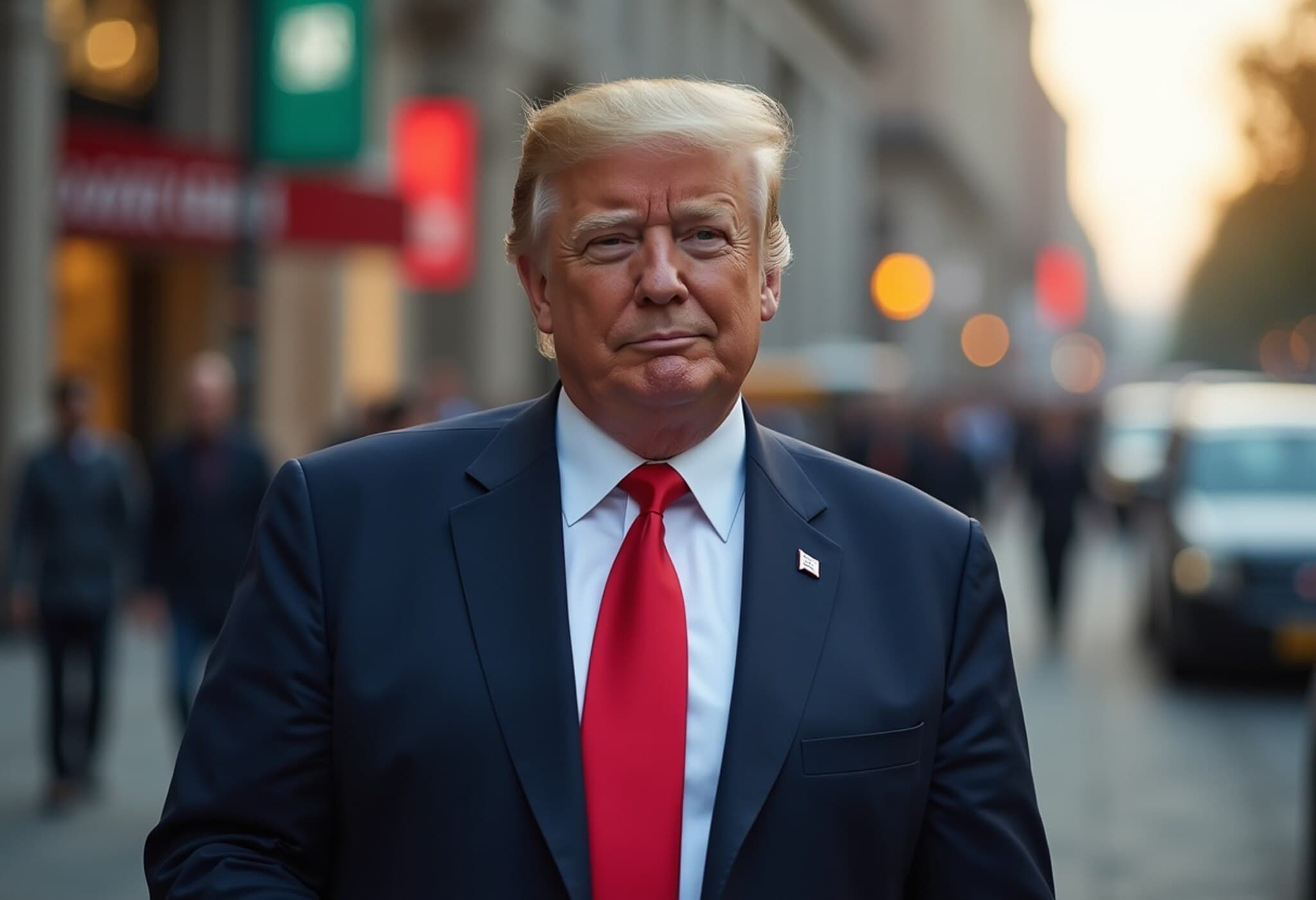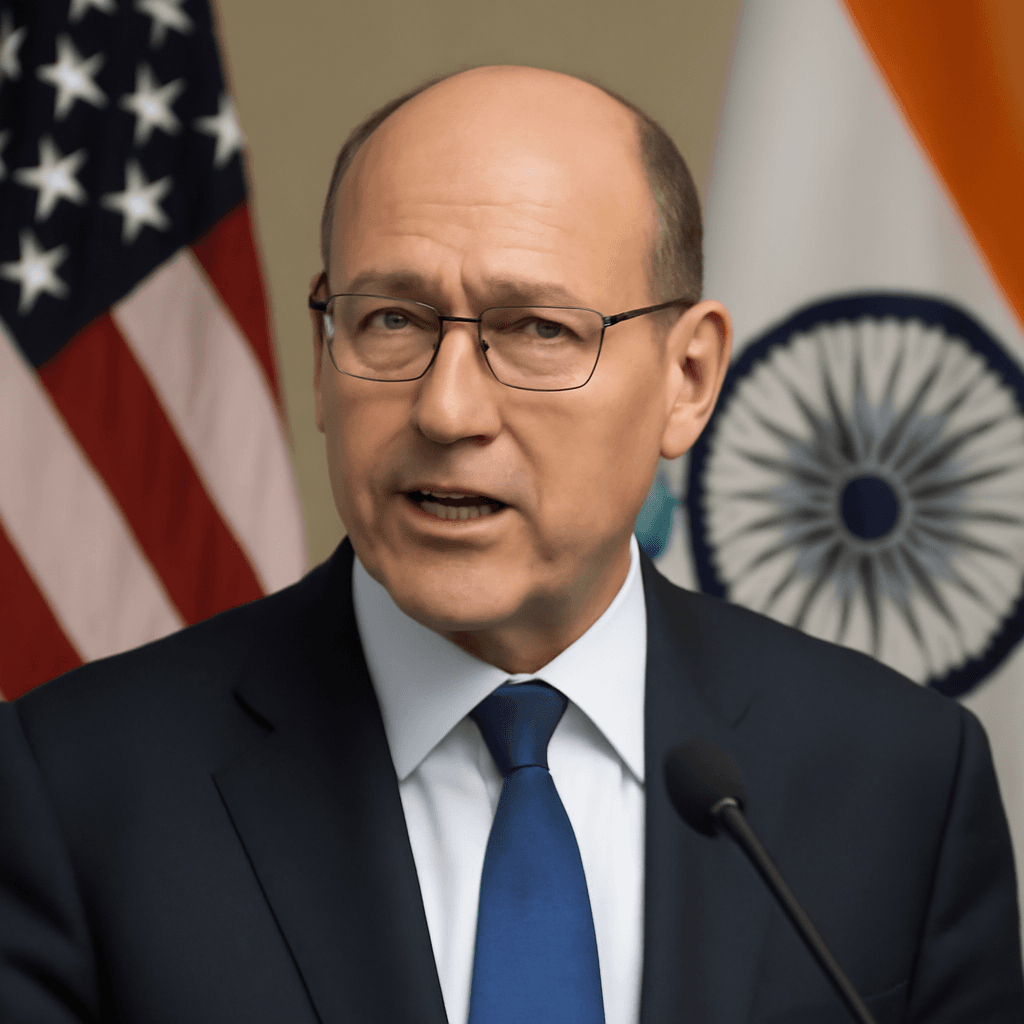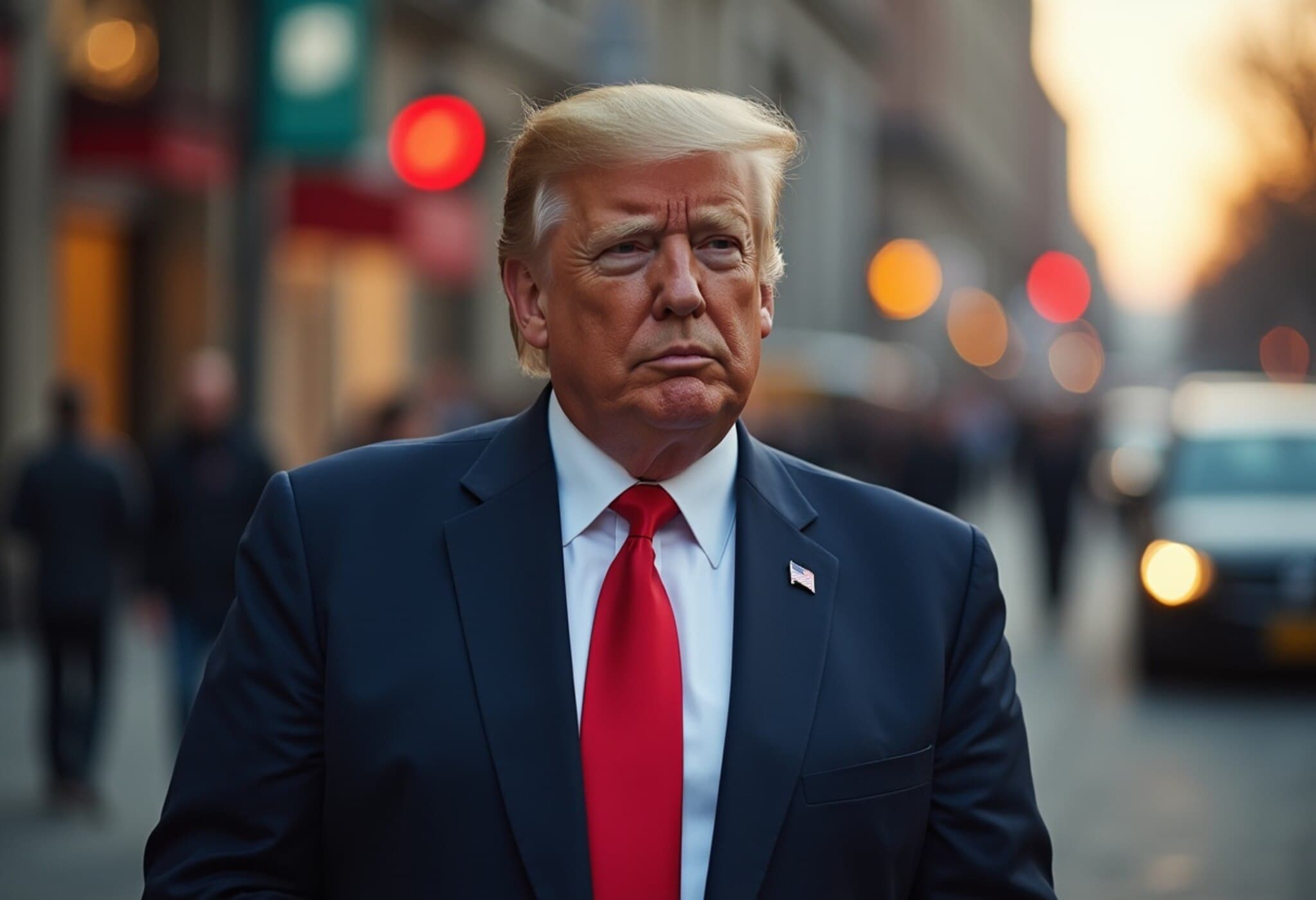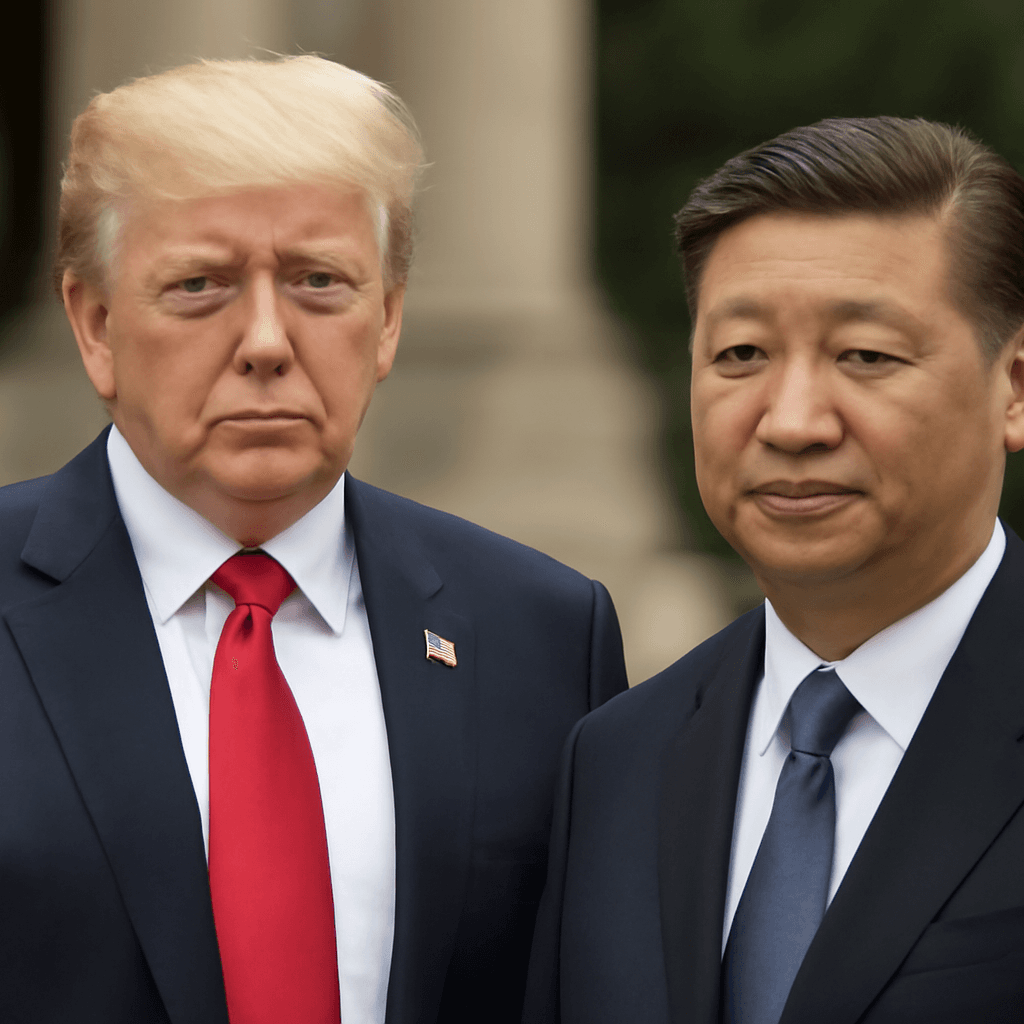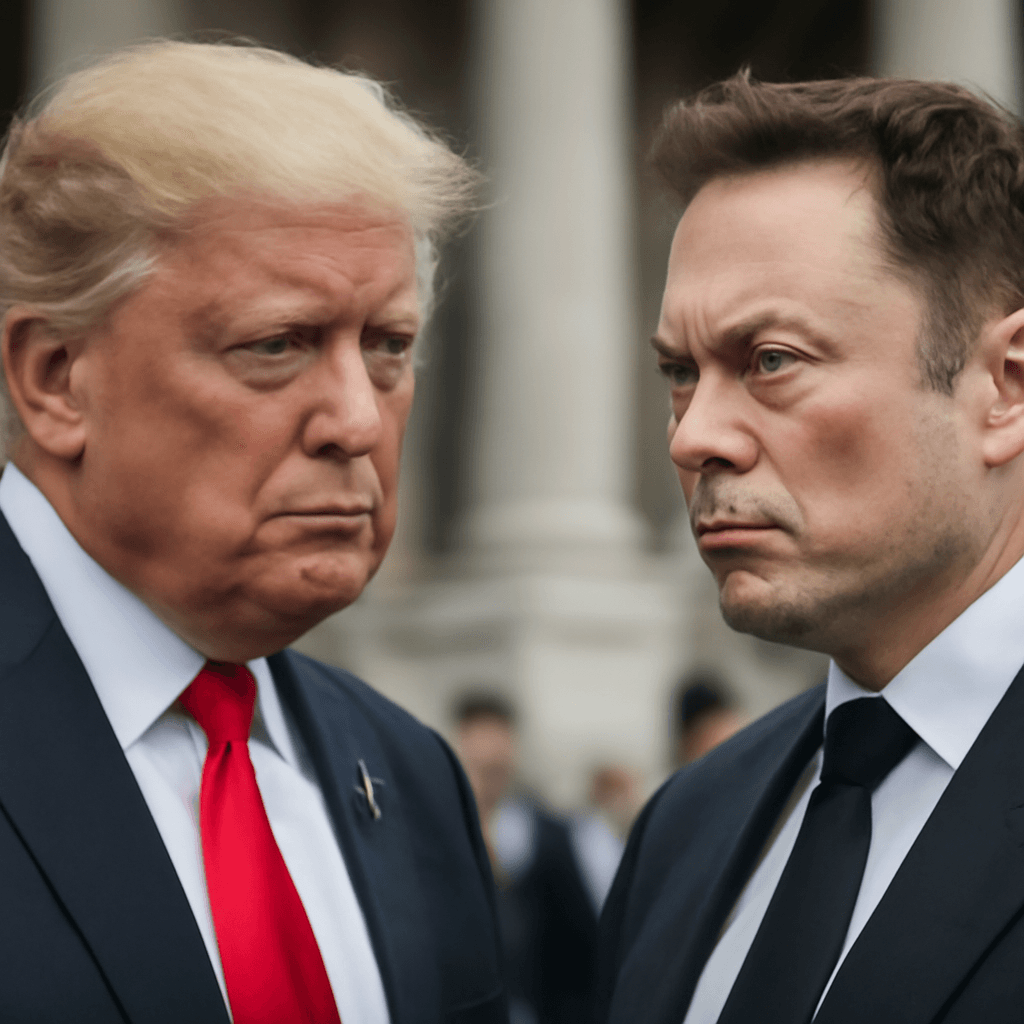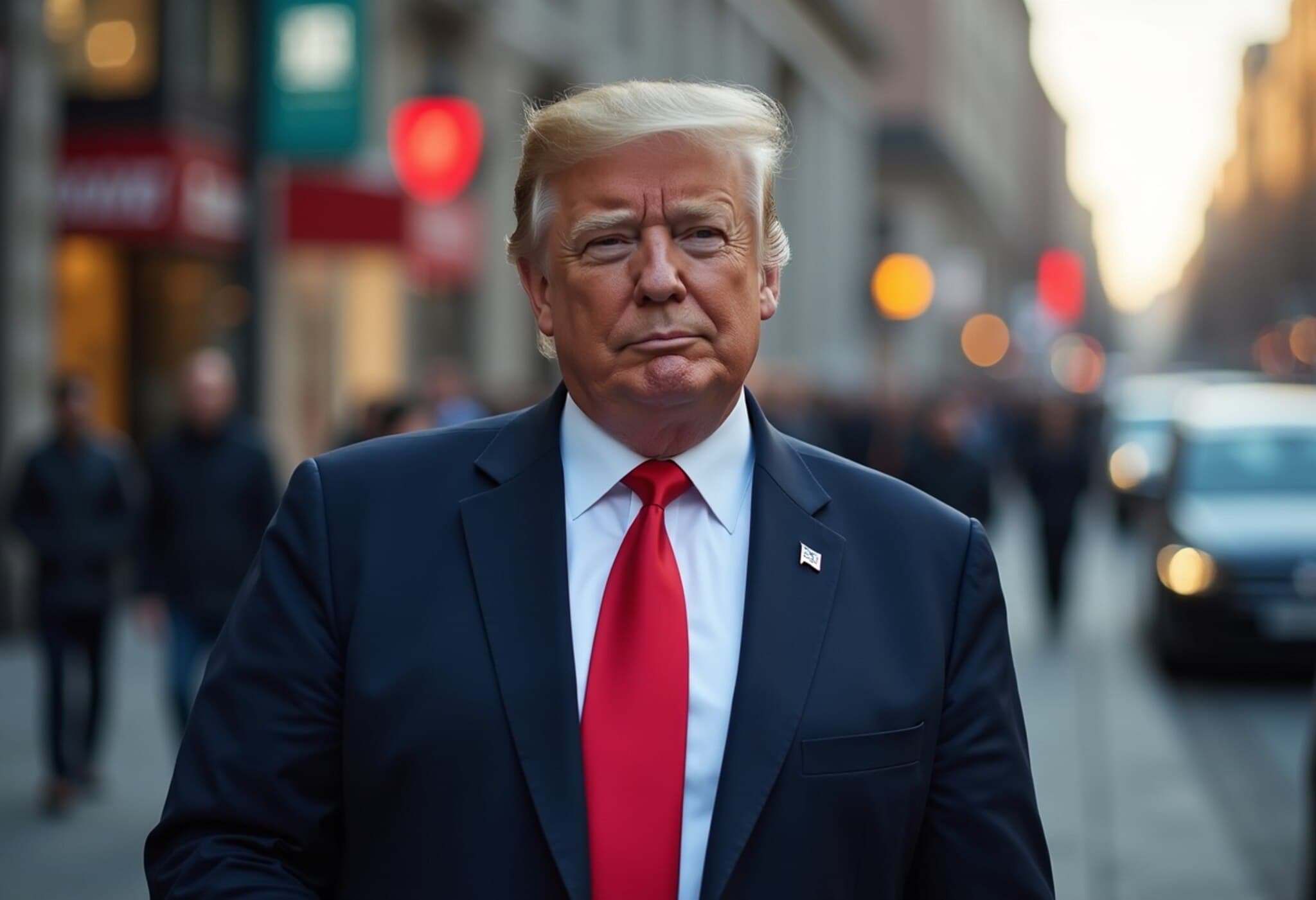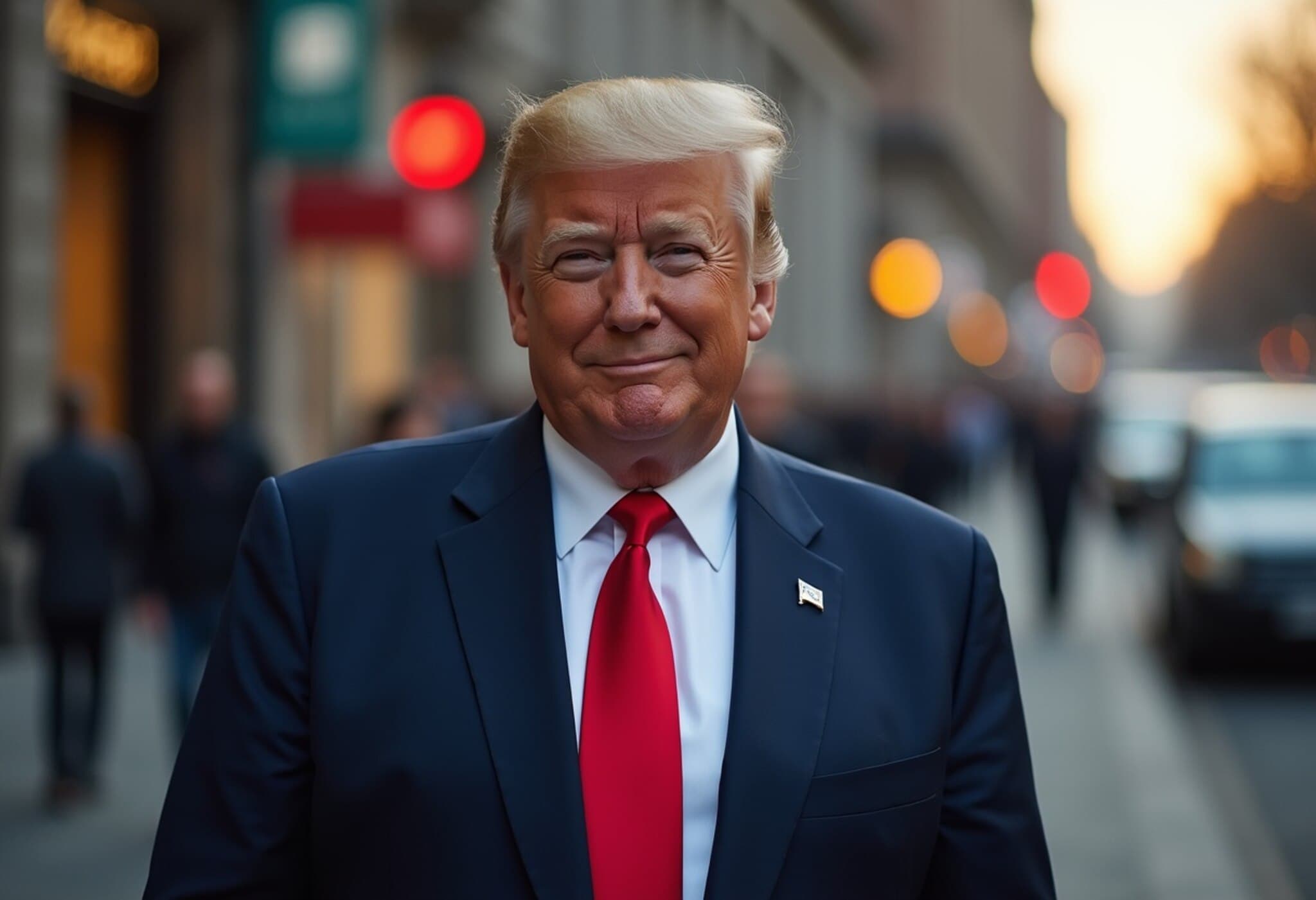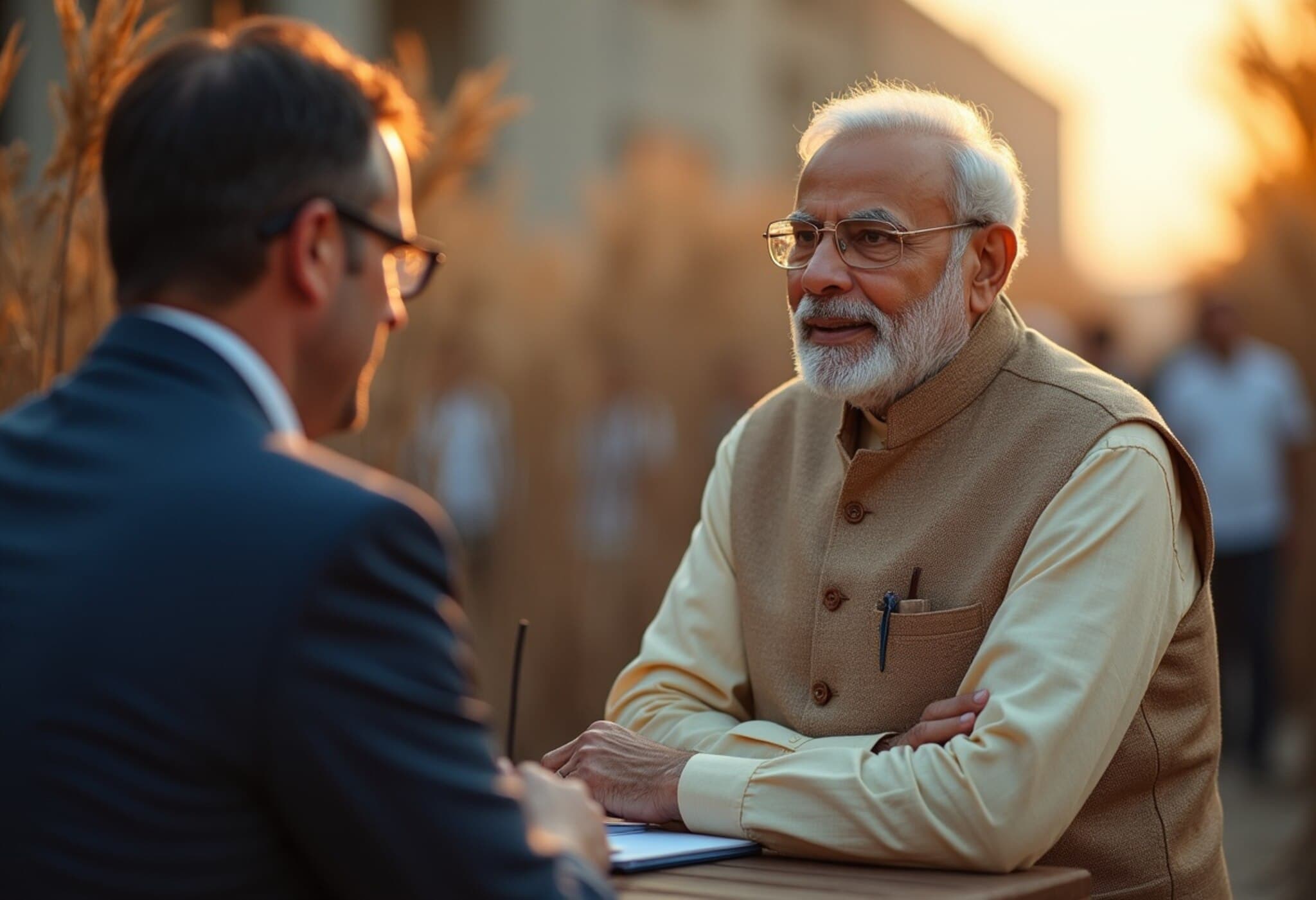Unpacking the Impact of Trump's 25% Tariff on Indian Imports
In a bold move set to reshape one of the world's most dynamic trade partnerships, US President Donald Trump announced a 25% tariff on imports from India starting August 1, 2025. This new tariff, accompanied by additional penalties linked to India’s ongoing trade relations with Russia, threatens to unsettle the bilateral commerce landscape deeply intertwined with geopolitical and economic complexities.
The US-India Trade Relationship: A Snapshot
India occupies a vital role as one of America’s fastest-growing sources of imports, contributing notably across a spectrum of sectors:
- Pharmaceuticals: India supplies affordable generic medications crucial to the US healthcare system.
- Gems and Jewelry: Leveraging unmatched expertise in diamond cutting, India stands as a top exporter of precious stones.
- Electrical and Electronic Equipment: Smartphones, components, and other devices from India have carved out a significant market share.
- Textiles and Apparel: India’s cotton and crafted textiles remain staples in American wardrobes.
- Petroleum Products: Refined diesel, gasoline, and jet fuels from India support diverse US energy needs.
- Engineering Goods, Organic Chemicals, Basmati Rice, Handicrafts, and Leather: These sectors underscore India’s multifaceted export portfolio contributing billions to the US economy.
Trade in Numbers: What the Data Reveals
In 2024, the US imported $91.2 billion worth of goods and services from India, with India accounting for 18% of the US’s total goods imports. However, this trade imbalance left the US with a trade deficit exceeding $45 billion.
Breaking down key import categories by value:
- Electrical & Electronic Equipment: $14.4 billion
- Pharmaceuticals: $12.73 billion
- Precious Stones & Metals: $11.88 billion
- Machinery & Boilers: $7.1 billion
- Organic Chemicals: $3.63 billion
- Mineral Fuels & Oils: $3.23 billion
- Textile Articles & Apparel: $5.62 billion combined
- Iron or Steel Articles: $2.83 billion
- Vehicles (excl. rail): $2.8 billion
How Could the Tariff Shift the Balance?
The newly imposed tariffs could reverberate through multiple layers of industry and commerce:
- Pressure on Key Export Sectors: Pharmaceuticals, electronics, and auto components – linchpins of India’s export strength – could face a severe cost hike, possibly leading US importers to reconsider their sourcing.
- Reduced Competitiveness: Higher costs could undermine Indian exporters' foothold within the US market, stirring demand contraction.
- Trade Uncertainty and Buyer Hesitation: Manufacturers and importers have already signaled caution, curbing orders amid the looming tariff change, especially impacting seasonal demand cycles.
- Competitive Ripple Effects: China’s declining export share to the US could indirectly reshape global supply chains — with potential for Chinese goods redirecting to European markets at competitive rates, applying pressure on Indian exporters globally.
Contextualizing the Broader Geopolitical Landscape
The tariffs are emblematic of deeper strategic tensions. The US's disapproval of India’s robust engagement with Russia — particularly in energy and military sectors — underpins the additional penalty framework. This dovetails with ongoing US efforts to recalibrate trade norms amid shifting global alliances and supply chain reconfigurations post-pandemic.
Glimmers of Opportunity Amidst Challenges
Despite the headwinds, there are silver linings:
- India’s market share in US electronics imports notably climbed to 7.2% year-on-year in May 2025 – a figure worth watching as China’s share shrinks.
- The upcoming sixth round of Bilateral Trade Agreement (BTA) negotiations scheduled for August 25 could chart a course towards easing tariffs and unlocking cooperative frameworks.
- Shifts in global supply chains away from China may offer strategic opportunities for India to capture broader markets if tariff barriers can be managed or mitigated.
Expert Commentary
Trade analysts caution that while the immediate economic pinch to Indian exporters may be profound, the tariff imposition also opens a critical discourse on diversifying supply chains and trade dependency risks. In the US context, balancing trade deficit concerns with strategic economic partnerships remains a tweaking challenge for policymakers.
For American consumers and businesses, the tariff could translate into higher prices or delayed access to vital medicines and technology components unless alternative sourcing strategies evolve rapidly.
Looking Forward
The US-India trade saga illustrates the intricate dance between economic interests and geopolitical strategy in the 21st century. As dialogue continues between Washington and New Delhi, the international community watches closely — recognising that shifts here can ripple across global markets, industries, and partnerships.
Editor’s Note
The forthcoming US tariff imposition against Indian imports is more than a trade policy adjustment — it is a crossroads for economic diplomacy amid competing global narratives. Critical questions remain: Can India and the US find a balanced approach that maintains robust trade while addressing strategic concerns? How will American industries adapt to potential cost pressures? And importantly, what lessons does this hold for other emerging-market exporters navigating an increasingly protectionist global trade environment?
Stakeholders and observers should monitor negotiations closely, as outcomes may redefine the contours of the US-India partnership for years to come.

